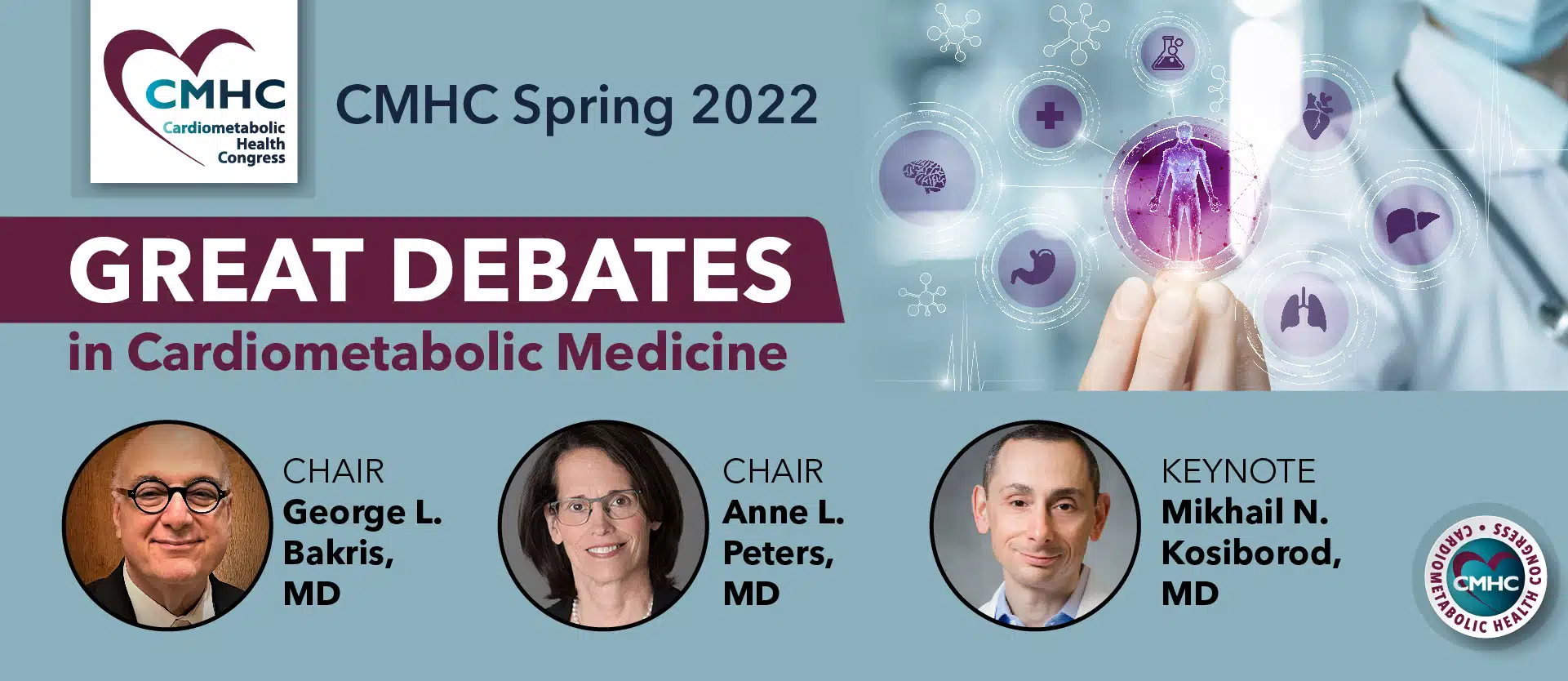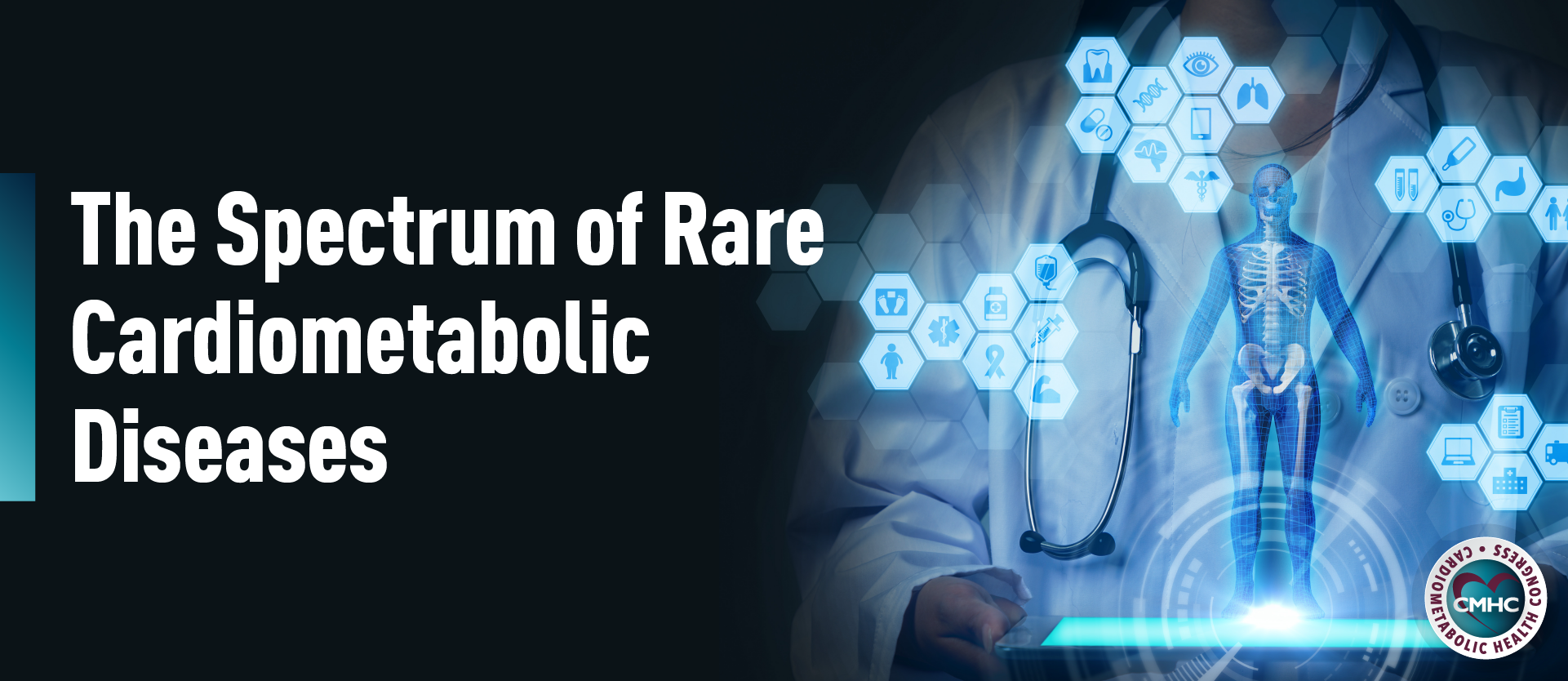Recent findings that are part of the Multi-Ethnic Study of Atherosclerosis, an ongoing examination in six U.S. communities of the lifestyle factors that predict development of cardiovascular disease, indicate that traffic-related air pollution may increase heart disease risk by lowering levels of so-called “good” cholesterol.

The link between air pollution and an increase in cardiovascular disease is not new. In 2004, an American HeartAssociation scientific statement concluded exposure to air pollution contributes to cardiovascular illness and death. A 2010 update elaborated on those risks.
But this new study begins the work at understanding the biology behind the link.
It is the first large study to examine associations between air pollution and HDL particle number, said lead author Griffith Bell, Ph.D.,from the University of Washington School of Public Health in Seattle. The study was published in the journal Arteriosclerosis, Thrombosis, and VascularBiology.
The pollution-heart disease connection may be explained by a reduction in the number of small, cholesterol-depleted HDL particles, which leaves the average amount of cholesterol in HDL particles higher on aper-particle basis. Recent evidence suggests that the number and functionality of HDL particles may be a better gauge of HDL’s heart-healthy effects than their cholesterol content, Bell said.
HDL is known as “good” cholesterol because it helps remove other forms of cholesterol from the bloodstream. Experts believe HDL acts as a scavenger, carrying LDL – or “bad” – cholesterol away from the arteries and back to the liver, where it is broken down and passed from the body.
Researchers found:
–Higher exposure to black carbon, a marker of traffic-related pollution, averaged over a year was significantly associated with a lower level of “good” HDL cholesterol.
–Higher particulate matter exposure over three months was associated with a lower HDL particle number.
–Changes in HDL levels may already appear after brief and medium-length exposures to air pollution.
More and more researchers are examining air pollution and its effects on the heart.
In February, researchers at the University of California, Los Angeles, found that exposure to pollution caused mice to experience changes in the normal composition of gut bacteria. The changes, according to their study published in the journal Nature, promoted the circulation of cholesterol in the bloodstream, and that, in turn, promoted the formation of plaque in the arteries, known as atherosclerosis.
Many previous studies on the health effects of air pollution assumed people living in the same city have the same level of air pollution exposure. But this new study used cohort-focused monitoring campaigns looking at time and place to estimate air pollution exposure for each study participant, Bell said.
This study measured HDL particle numbers, so “we were unable to examine whether they changed over time,” Bell said. That means more study is needed. Continuing to track how HDL levels change with extent of exposure to traffic air pollution and investigating how air pollution interferes with HDL’s activity in the body will help confirm and understand the role of HDL.
“Our study helps strengthen the biological plausibility of the link between traffic-related air pollution and cardiovascular disease,” he said. “We’re slowly beginning to understand some of the biology of how that link works.”

















